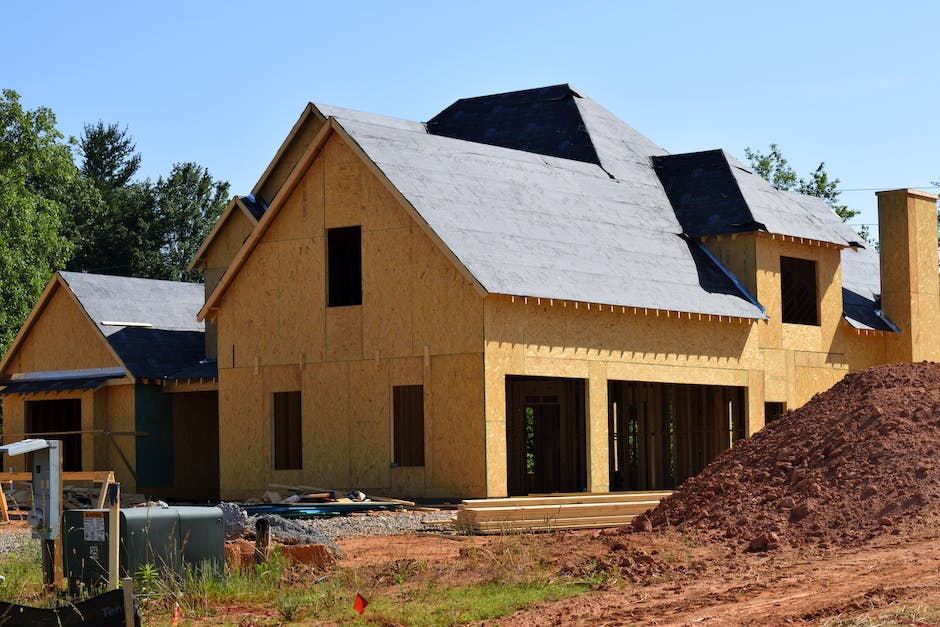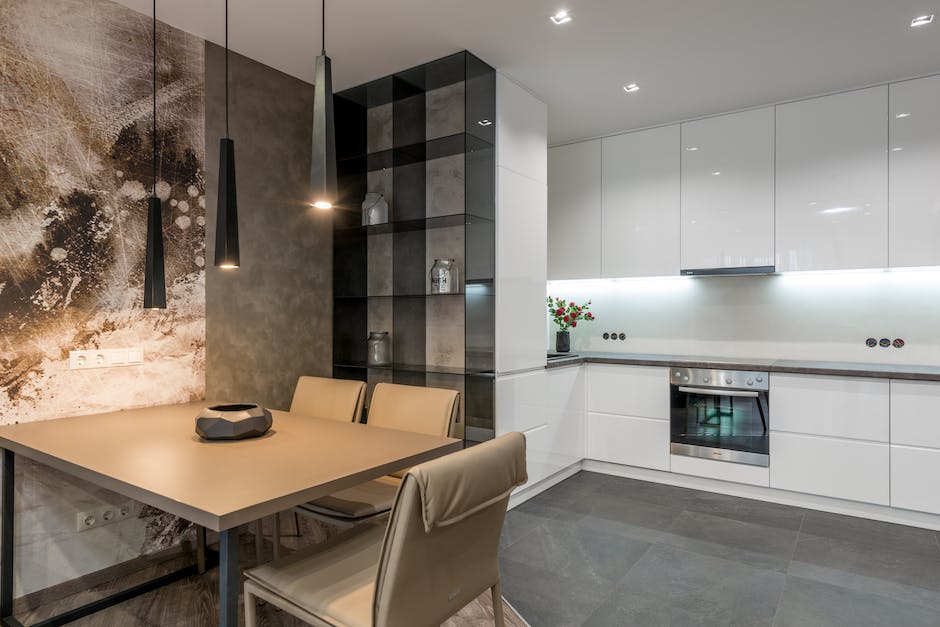
Adaptive reuse is the process of changing your immediate property needs to fit existing space or into new space, while retaining the integrity of your property and its character. It is a strategy that can work for any size property, as long as it is maintained.
In general, the potential for adaptive reuse is greater in smaller properties than larger ones, due to the cost of creating new space and maintaining it. However, there are several valid reasons for redevelopment or for a first pass at redevelopment in larger properties.
At a minimum, small properties have more control over what they put on their site. At a more advanced stage, developers can use this knowledge to help save money by using less expensive alternatives to new construction.
This article will talk about some ways for smaller properties to unlock the potential for adaptive reuse by bringing out old space and adding new spaces into or around it.
Three examples of repurposing
Two of the most common adaptive reuse strategies for commercial properties is to convert it into a housing development and to turn it into a new community space. The third method is to use the space as a market or sales center, with later conversion into housing.
The potential benefits of this third mode of property reuse are substantial. A market or sales center can attract significant funding and development attention, making it an attractive option for redevelopment. Additionally, using existing structures as a market or sales center can save both money and time in building out new facilities, due to past experience with successful adaptive reuses.
This third mode of property reuse is known as adaptive re-use-of-sites. While not exclusive to commercial properties, these properties may hold more value in this way due to their unique site characteristics.
To unlock the potential of your property, develop an adaptive reuse strategy.
Benefits of repurposing

As human civilization grows and evolves, it demands new structures to house its needs. New skyscrapers are built every year, making it difficult for some to stay relevant by advancing technology or innovation.
To remain relevant and economically competitive, commercial property owners must keep their buildings aesthetically appealing and operational. If a building is not used for a long time, it can lose its funding and protection from water damage and structural decay.
By repurposing an existing building rather than starting from scratch, you can take full advantage of your property’s assets. By operating out of the same location as your business or by adding a new feature or room to an existing space, you can expand exponentially!
Repurposing properties will only continue to grow in popularity as the years go on. This is a great way to keep the heart of the business intact while adding new ones on top of it.
Challenges of repurposing

As noted earlier, the challenges of adaptive reusing commercial properties include identifying needs and creating solutions that meet those needs.
Finding a new home for an organization or a business is not always clear-cut.OTE has found that when a need is significant, community members feel comfortable approaching an existing entity with experience and expertise in order to complete the process.
For instance, at OTE, we have found that legal services are often needed for estate planning purposes and are typically offered as part of a package. Or, if you need cooling A/C but don’t want to change the whole system or put new equipment in, there are companies that offer systems based on need and comfort.
As previously stated, looking into the potential of repurposed real estate properties can be challenging due to changes in technology or location.
Understanding your customer base

When a business owner has more than one source of income, there are legal issues that must be addressed to determine if the business is a corporation, partnership, or an unincorporated entity.
The chart below breaks down the different structure options in detail and provides tips for each. Although unincorporated entities cannot legally engage in commerce, there are still some things that can be done as an entity. For example, company bank accounts can be used to receive payments from customers, purchase equipment or supplies, enter a product sale or marketing program entry form for products and services, and establish a board of directors.
Every one of these activities can have an impact on the business operationally enough to need to address as an entity.
Understanding your business structure

When a business owns more than one entity, there are additional legal responsibilities and documents to consider. These include managing accountability for personal and company accounts, filing requirements with the government, and assuming liability for another’s debts.
Individuals who own companies also have to file paperwork with the government, such as a new corporate charter or reclassification.
In order to legally create a new company under corporation law, Individual Accommodation Management Inc. can file a new articles of incorporation under its previous name. Or, they can create a new company under the law by calling their current company something different, such as New Individual Accommodation Management Inc.
To file under either name requires an application process and proof of residency in order to be approved.
Evaluating the condition of the building

When renovations are needed for safety, space, or aesthetic purposes, the building landlord will need to be contacted.
Even though the property looks the same, it may need a little help due to age or weather conditions. If these conditions have increased in value since the property was purchased, then it may be worth considering a modification.
If there is no change needed, then it is worth looking into possible adaptive reuse strategies. Doing research and bringing ideas to the building owner can help make this process go faster.
If a change is needed, then there are some ways to get things back on track. Primarily, these include getting new equipment and supplies, and being prepared for any issues that arise.
Assessing financial opportunities

When assessing potential adaptive reuse strategies for commercial properties, two critical areas to consider are the overall size of the property and the condition of the interior spaces.
Smaller commercial properties with in-use windows and doors can have a more viable financial plan than large vacant spaces. For example, a shopping mall location with a small parking lot could make sense financially.
Similarly, if a facility is in good condition but needs some work, then there is potential for someone to find funding for it. Large overhauls can be expensive, so giving half the space away may be an option seekers look at.
Both structural and emotional renovations can have positive effects on a property. While physically strong, does not always mean it is suitable for everyone.
Identifying potential reuse concepts

When curious about a possible new use for a commercial property, the first step is to identify whether it is an “acceptable” use, or potentially useful modification to the property. Is this modification likely to enhance the site’s immediate value?
For example, is the potential new use being discussed considered “fashionable” at this time? Is there uncertainty surrounding whether or not it will gain popularity? If these factors indicate that a new use is unlikely to succeed, it may be better to invest in adaptive re-use concepts such as building back into the ground and using solar power.
The other important part of identifying potential new uses for a commercial property is determining what other possible uses do else. Looking at other sites with similar features and needs can reveal new solutions that work well with the current space.

